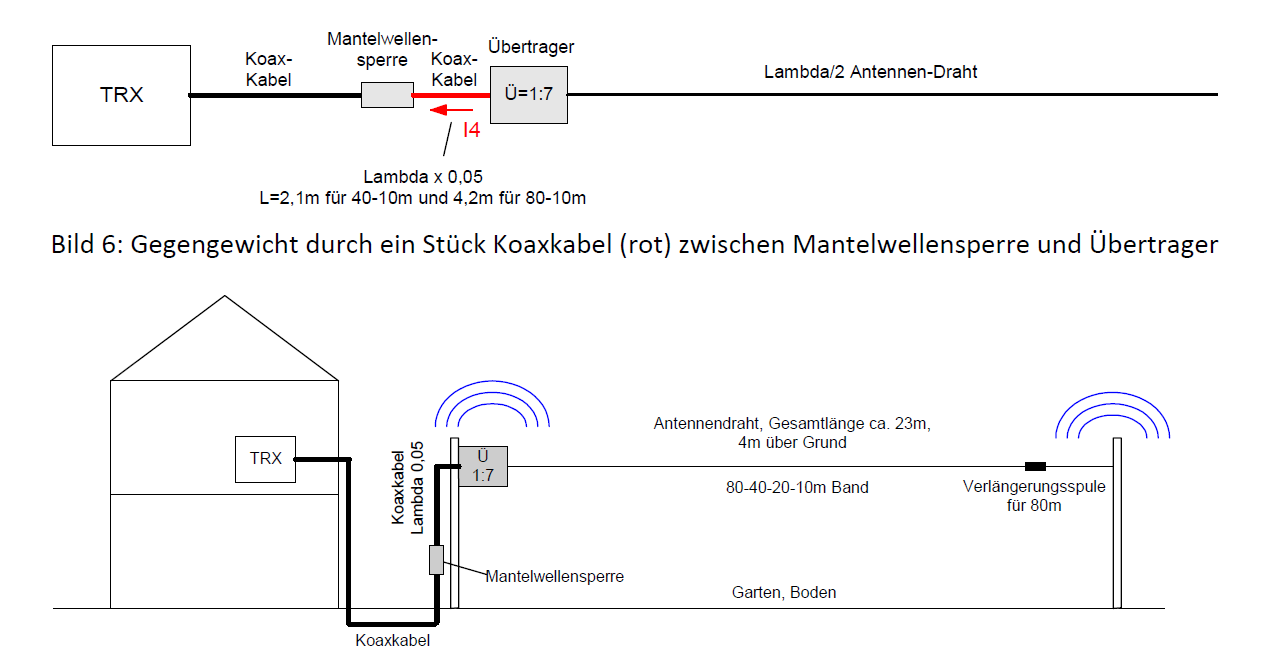24-3-2019
Optimal operation the HyEndFed half-wave antenna
Thanks to Werner Schnorrenberg DC4KU
15-8-2018
Measurements
All measurements of our antennas are done in a horizontal configuration at a height of 10 meters, unless otherwise stated.
Angles in the antenna wire can gives a negative influence on the swr.
10-2-2015
About SWR
We received reports of high SWR readings with handheld antenna analyzers like MFJ-259C etc.
These antenna analyzers can be overloaded easily when used to measure multiband wire antennas with broadband transformers.
Broadcasting stations nearby overload the analyzer.
A solution for this problem is to ground the analyzer or check your swr readings with the meter at your radio.
MFJ has this new HF Notchfilter for this problems. MFJ 731
2-4-2015
About Power
All maximum handling powers mentioned are in PEP, SSB and based on 30 seconds on and 30 seconds off rate of transmission and receiving.
When transmitting, antenna’s transformer will heat up because of the losses in ferrite. When the temperature of the ferrite reaches it maximum, VSWR will increase until temperature drops again. SSB transmission powers are Peak envelop powers and not comparable with CW and Digital RF powers. For digital and CW power, an average of 35W CW or digital can be compared to 200W PEP SSB.
15-7-2013
About RFI
HyEndFed Multi-band Antennas are using a resonant length of wire placing the current minimum at the feed point.
RF interference in the home is common with any antenna without a good current balun, like dipoles, G5RV etc.
Or when the antenna is very close or installed above the shack.
Avoid the routing of coaxial cable under or parallel to the radiating wire at any antenna.
If not, in that case the antenna radiator will couple the energy to the coaxial shield of the cable and RF is coming into your radio shack.
If a coax cable runs parallel to one leg from a dipole, rf will comes into you radio shack also.


